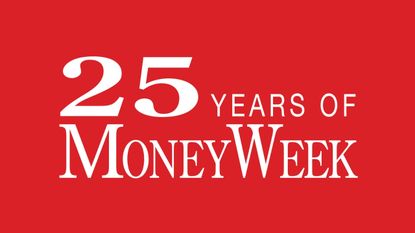On This Day in History
The latest news, updates and opinions on On This Day in History from the expert team here at MoneyWeek
-

27 August 1995: Rugby Union turns professional
On this day in 1995, the International Rugby Board agreed to bring the era of amateur rugby to an end.
By Chris Carter Last updated
-

26 June 1906: The first Grand Prix
The first 'proper' Grand Prix on closed public roads was held by the Automobile Club de France (ACF), on this day in June 1906.
By Dr Matthew Partridge Last updated
-

23 June 1725: The Malt Tax riots break out across Scotland
Rioting erupted in Hamilton and spread across Scotland after excise officials arrived to implement the Malt Tax on this day in 1725.
By Chris Carter Last updated
-

23 May 1934: Bonnie and Clyde killed in ambush
Bonnie Parker and Clyde Barrow became infamous in the 1930s for robbing banks. But their notoriety ultimately proved their undoing.
By Dr Matthew Partridge Last updated
-
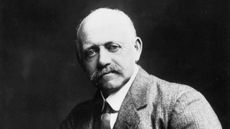
21 May 1916: The first day of British Summer Time
For the first British Summer Time on this day in 1916, millions of Britons put their clocks forward an hour
By Chris Carter Last updated
-
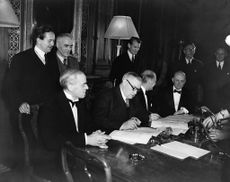
3 April 1948: Marshall Plan signed into law
Features On this day in 1948, Secretary of State George Marshall’s European Recovery Program, otherwise known as the Marshall Plan, is adopted.
By Dr Matthew Partridge Last updated
Features -
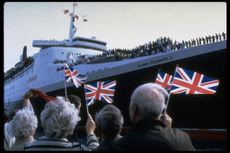
2 April 1982: Argentina invades the Falkland Islands
Features On this day in 1982 Argentinian forces landed on the Falkland Islands, sparking a bitter, ten week war with Britain.
By Ben Judge Last updated
Features -
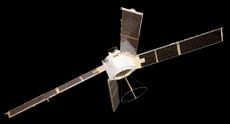
13 April 1960: the first satellite navigation system is launched
Features On this day in 1960, Nasa sent the Transit 1B satellite into orbit to provide positioning for the US Navy’s fleet of Polaris ballistic missile submarines.
By Ben Judge Last updated
Features -

10 April 1912: the Titanic sets sail on its doomed maiden voyage
Features On this day in 1912 the White Star line's 'unsinkable' liner, the RMS Titanic, left Southampton on its doomed maiden voyage.
By Dr Matthew Partridge Last updated
Features
